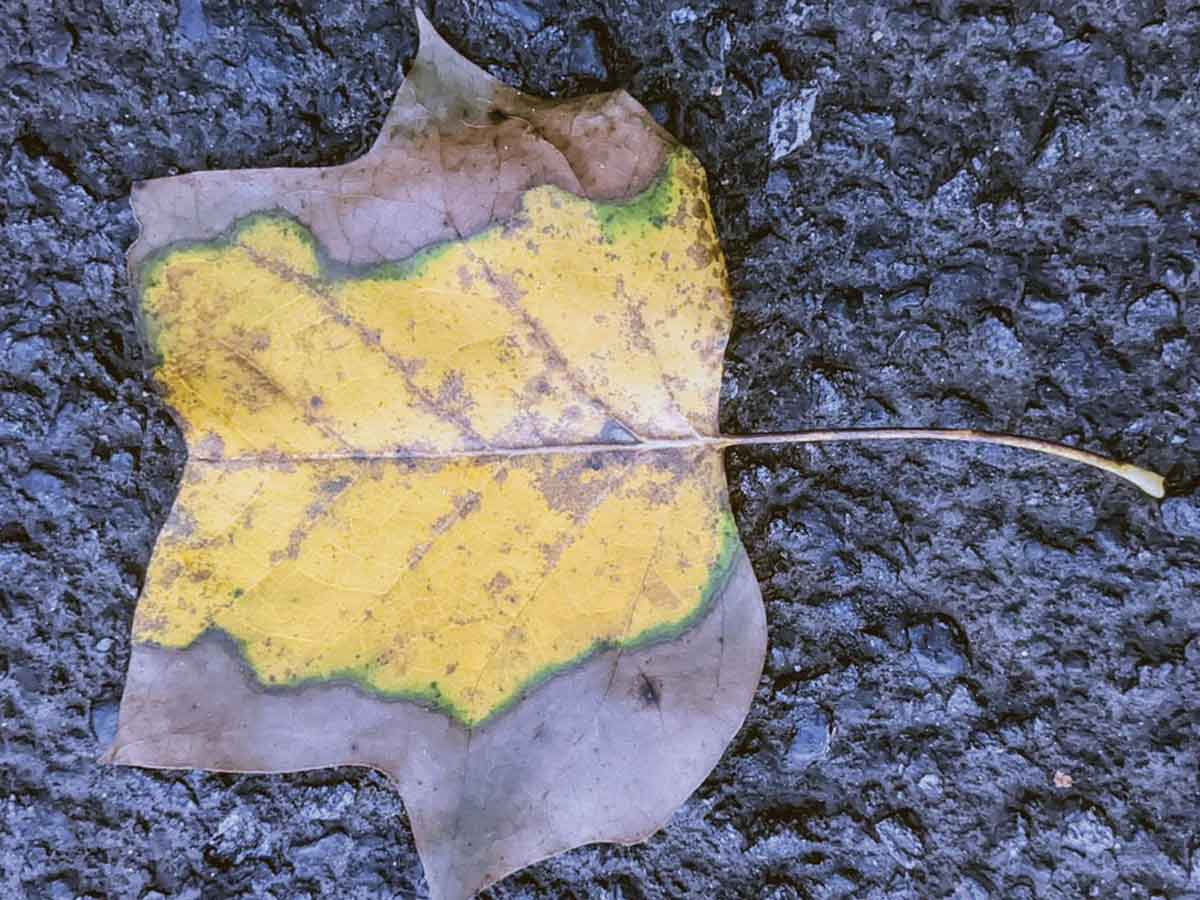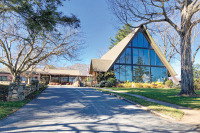Notes from a plant nerd: Pushing Leaves
 Fallen leaves like this tulip-poplar leaf provide a natural fertilizer, as well as winter shelter for a variety of animals and insects. Adam Bigelow photo
Fallen leaves like this tulip-poplar leaf provide a natural fertilizer, as well as winter shelter for a variety of animals and insects. Adam Bigelow photo
Every year, the fallen leaves blanket the forest floor in the fall. And every spring the wildflowers have no trouble pushing up through them to bloom.
They’ve had this relationship worked out for a very long time. This carpet of leaves helps to insulate the forest floor for the winter, providing shelter and food for overwintering insects, fungi and worms. These leaves also contribute nutrients to the decomposition process that is a foundation of the soil food web, a community of organisms living in the soil that includes bacteria, fungi, other microbes and plant roots.
Nobody needs to clean up the forest floor from this so-called leaf-litter and nobody needs to fertilize the forest. Yet Southern Appalachian forests are among the most productive ecosystems in the world. Neither do you need to clean up the leaves around your home or fertilize the plants and trees for that matter. All you need to do is leave the leaves. Yet every year out come the leaf blowers, leaf bags and vacuum trucks blowing and sucking up the leaves to get them out of lawns and gardens, often sending them to a landfill, or hopefully to a compost pile at least.
If I was a superhero, the gas-powered leaf blower would be my archnemesis and I would swoop into a landscape being manicured, snatch away the leaf blower, hand the operator a broom or a rake, and say, “Shhhhh” before flying away to the next yard. See, leaf blowers are as loud as a jet engine taking off and running a gas-powered leaf blower for one hour can put out the same emissions as driving a giant SUV on a 3,000-mile journey. The idea of using fossil fuel-powered machinery to remove leaves, using fossil fuel-powered vehicles to haul them away, and then using fossil fuel-derived fertilizers on that same landscape makes no sense to me. Guess what’s in the leaves being removed? Most all the nutrients the plants and trees need to grow next year. You know, like fertilizer?
Allowing leaves to drop and lay where they were pushed is a really great way to reduce your impacts on the environment, and not just with reduced emissions. Many insects like moths and butterflies will spend the winter hiding in the leaves, even making their cocoons to look like dead leaves. Frogs, snakes, salamanders and other animals will use the fallen leaves as shelter. And the aforementioned wildflowers love having the warmth a blanket of leaves provides.
Just days after the summer solstice, triggered by the lengthening nights, trees begin the process of going dormant for the winter. They have to start so early because trees move at a different speed than we animals do. This work, detailed in a previous column, culminates with the trees sealing off the place where leaves attach to the stem, and then ejecting or pushing the leaves off. This is an active, and not a passive, process. The leaves don’t just fall, y’all. They’re pushed.
Related Items
Some trees choose to hold onto their leaves through the winter, but they’re not evergreens, they’re marcescent. Young American beech trees (Fagus grandifolia) oaks (Quercus spp.) amd musclewood (Carpinus caroliniana) among others will keep their leaves on until spring, shedding them just before new leaf growth occurs. Theories about why they do this include waiting for spring to decompose the leaves, protecting the trees from deer and other animals browsing, or to catch and direct water to the root zone. I believe another benefit could be to help give shade to saplings and young branches, protecting them from sun scald, which can damage young trees.
So, this fall I encourage you to be a beech, to practice marcescence, to hold onto your leaves around your home and provide a home to the critters that rely on the fallen leaves of autumn. To move at the speed of trees and wait to clean up. The fireflies, butterflies and birds will thank you. And so will I.
(Adam Bigelow lives in Cullowhee and leads weekly wildflower walks and ecotours through Bigelow’s Botanical Excursions. This email address is being protected from spambots. You need JavaScript enabled to view it..)









